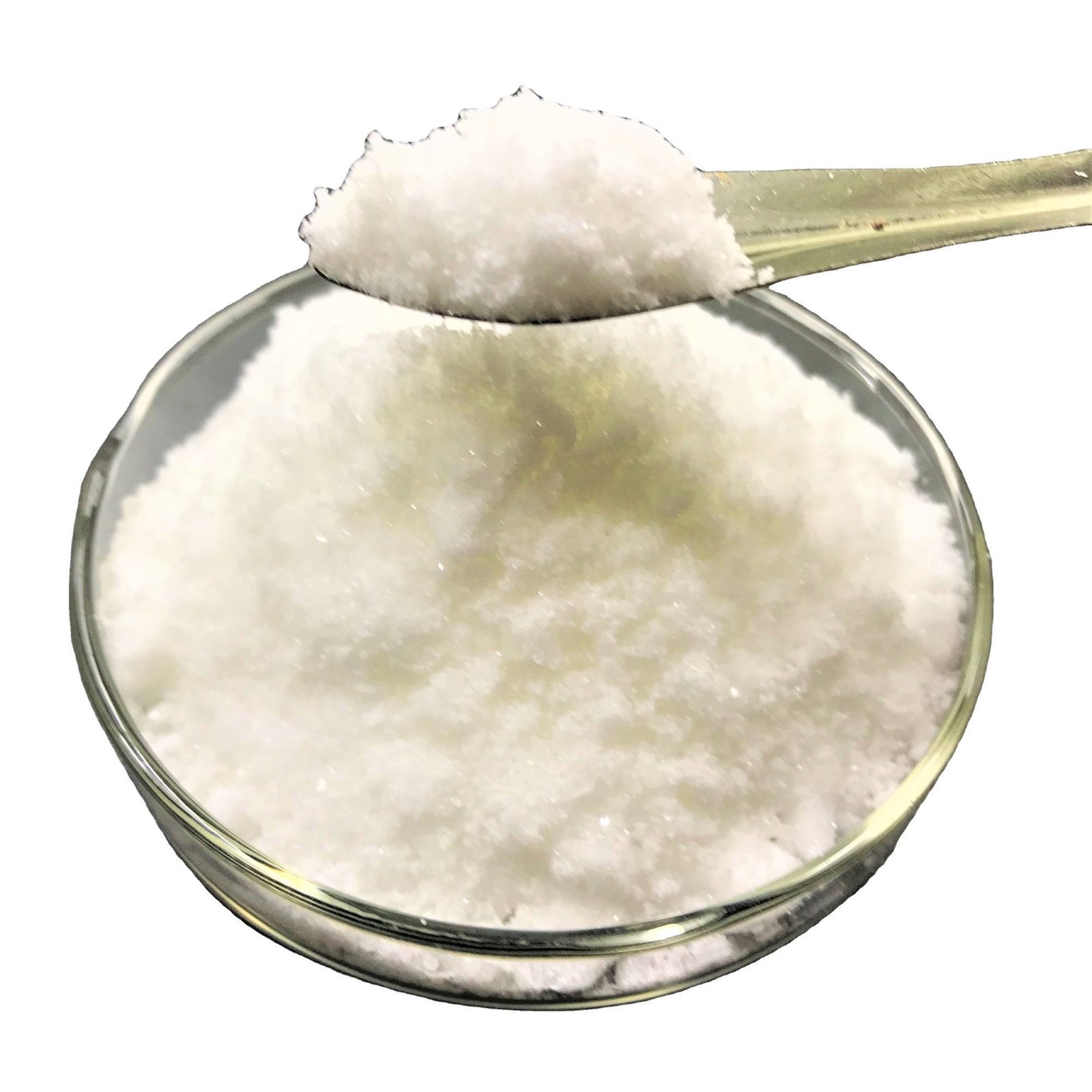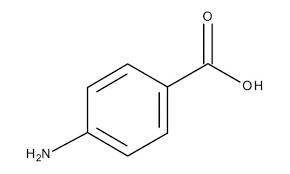Aluminium Chloride Hydrated / CAS NO. 7784-13-6
Aluminium chloride hydrated (AlCl₃·xH₂O) is the hydrated form of aluminium chloride, a versatile inorganic compound with significant applications in various industries. It is a crystalline solid that is highly soluble in water and widely used in pharmaceuticals, water treatment, chemical synthesis, and personal care products. The CAS Number 7784-13-6 identifies this specific compound. Its hydrated form is less reactive than its anhydrous counterpart but still requires proper handling due to its hygroscopic and acidic nature.
Physical and Chemical Properties
- Chemical Formula: AlCl₃·xH₂O (commonly with x = 6, forming AlCl₃·6H₂O)
- Molecular Weight: Varies depending on hydration level (e.g., AlCl₃·6H₂O has a molecular weight of 241.43 g/mol)
- Appearance: White to slightly yellow crystalline solid
- Solubility: Highly soluble in water and alcohol
- Melting Point: Decomposes before melting
- Odor: Odorless
- pH: Acidic in aqueous solution
Applications of Aluminium Chloride Hydrated
1. Water Treatment
Aluminium chloride hydrated is commonly used in water and wastewater treatment processes:
- Coagulation Agent: It is effective in removing suspended solids, organic matter, and impurities by coagulation and flocculation.
- pH Adjustment: Used to control the pH of water systems due to its acidic properties.
2. Pharmaceutical Industry
- Topical Antiperspirants: Aluminium chloride is a key ingredient in antiperspirants and deodorants. It reduces sweat production by blocking sweat glands.
- Astringent: It is used in medical formulations as an astringent to reduce skin irritation and inflammation.
3. Chemical Synthesis
- Catalyst in Organic Reactions: Aluminium chloride hydrated is used in various organic synthesis reactions, including Friedel-Crafts alkylation and acylation reactions.
- Intermediate: It serves as a starting material or intermediate in the production of other aluminum-based compounds.
4. Dye and Pigment Manufacturing
- Utilized in the production of certain dyes and pigments due to its reactivity and ability to act as a mordant in fabric dyeing processes.
5. Personal Care Products
Aluminium chloride hydrated is used in skin care formulations, particularly in acne treatments and pore-tightening products, due to its antimicrobial and astringent properties.
6. Research Applications
In laboratories, aluminium chloride hydrated is used as a reagent for studying chemical reactions and for the preparation of specific compounds.
Hazards of Aluminium Chloride Hydrated
While aluminium chloride hydrated is less hazardous than its anhydrous form, it still poses risks to health and safety under certain conditions.
Health Hazards
- Inhalation:
- Dust or fumes may irritate the respiratory system, causing coughing, shortness of breath, or throat discomfort.
- Skin Contact:
- Can cause skin irritation, especially in sensitive individuals. Prolonged contact may lead to dermatitis.
- Eye Contact:
- Causes significant irritation, redness, and watering of the eyes. Severe exposure may result in eye damage.
- Ingestion:
- Ingesting aluminium chloride hydrated may result in nausea, vomiting, and abdominal pain. In severe cases, it can cause gastrointestinal burns.
Environmental Hazards
- Water Pollution: High concentrations of aluminium chloride in water systems can harm aquatic life by altering water pH and introducing toxic aluminum ions.
- Soil Contamination: Improper disposal can lead to soil acidification, negatively affecting plant and microbial health.
Reactivity Hazards
- Reacts with water to produce hydrochloric acid (HCl), which can cause localized acidity.
- Can corrode metals in the presence of moisture, releasing hydrogen gas, which is flammable.
Safety Measures for Handling Aluminium Chloride Hydrated
1. Personal Protective Equipment (PPE)
- Gloves: To protect skin from irritation or burns.
- Safety Goggles: To shield eyes from accidental splashes or dust.
- Respiratory Protection: Use a dust mask or respirator if airborne particles are present.
- Protective Clothing: Wear a lab coat or chemical-resistant clothing.
2. Engineering Controls
- Conduct operations in a well-ventilated area or under a fume hood to prevent inhalation of fumes or dust.
- Use spill containment measures to prevent environmental contamination.
3. Safe Storage
- Store in a tightly sealed container to prevent exposure to air and moisture.
- Keep in a cool, dry place away from incompatible substances such as strong bases, oxidizing agents, and water.
4. Handling Procedures
- Avoid direct contact with the compound.
- Handle only with appropriate PPE and safety measures in place.
- Prevent spills and immediately clean up any accidental releases.
5. First Aid Measures
- Inhalation: Move the affected individual to fresh air. Seek medical attention if symptoms persist.
- Skin Contact: Wash the area with soap and water. Remove contaminated clothing.
- Eye Contact: Flush eyes with water for at least 15 minutes. Seek medical attention if irritation persists.
- Ingestion: Do not induce vomiting. Rinse the mouth and seek medical attention immediately.
Disposal Guidelines
- Dispose of aluminium chloride hydrated in accordance with local and national regulations.
- Avoid releasing it into the environment. Use a licensed waste disposal service for proper handling and disposal.
- Neutralize acidic waste solutions before disposal to minimize environmental impact.
Conclusion
Aluminium chloride hydrated (CAS NO. 7784-13-6) is a widely used compound with applications in water treatment, pharmaceuticals, chemical synthesis, and personal care products. While its hydrated form is less hazardous than anhydrous aluminium chloride, it still poses health, environmental, and reactivity risks if not handled properly. Adhering to recommended safety measures and disposal practices ensures its effective and safe use in various applications




